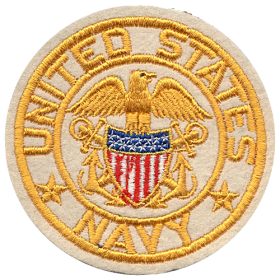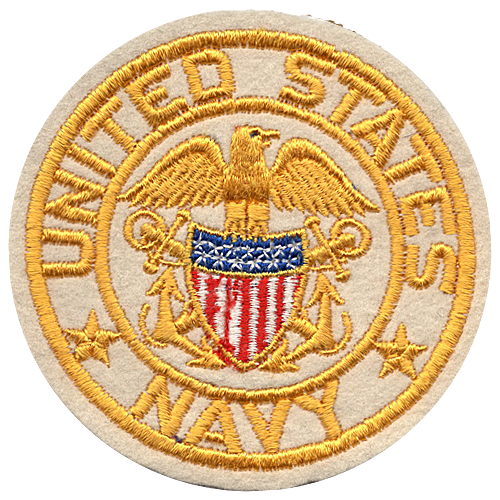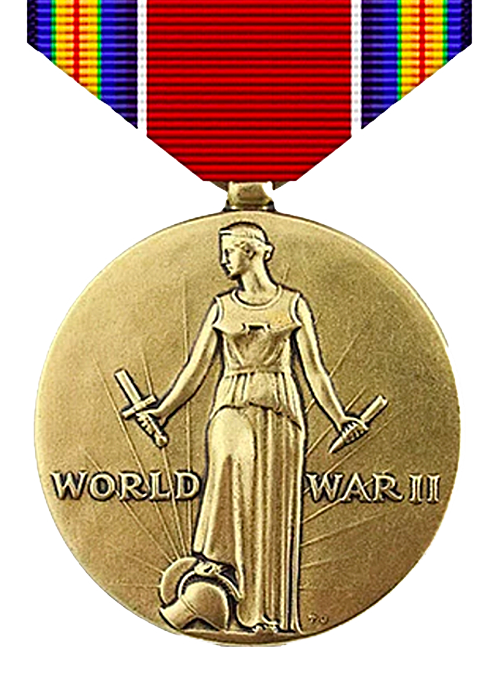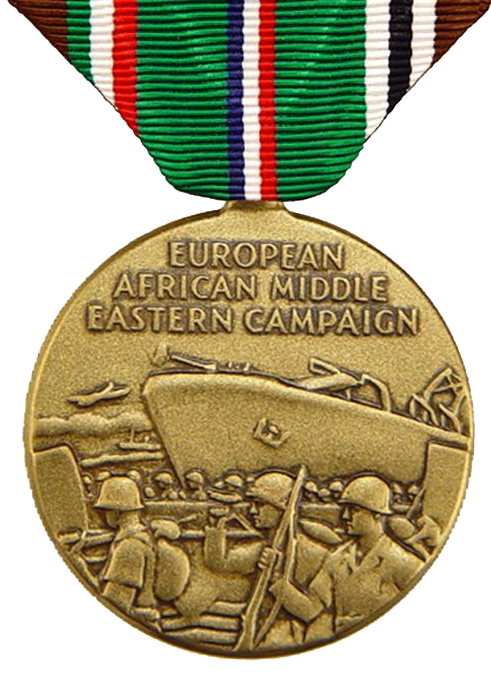The history of the U.S. Landing Craft Gun (Large) ships that took part in the Normandy landings on June 6th, 1944 have been neglected of historical research. There is a good bit of misinformation about these ships. For example, because the Landing Craft Gun (Large) was a British landing craft converted to a gunship, many books on the landings make the mistake of assuming that they were manned by British personnel. This is totally wrong! Before the invasion, the U.S. invasion planners decided that they needed more close-in fire support for the troops landing at Omaha and Utah beaches.
The decision was made to (Lend-Lease) a group of British made LCGLs for this purpose. Nine LCGLs were placed under the command of the U.S. Navy and were manned totally by U.S. navel personnel from the 11th Amphibious group under the command of Captain Sabin, Jr. The LCGLs were armed with two 4-inch guns and two 20mm guns. Along with LC(R)s (Landing Craft Rockets), the LCGLs provided close-in fire support just before troops landed on the beaches. The LCGLs were the first upfront before H-hour. The story below is provided by G. Willey, Gunners Mate, 3 Class, aboard U.S. LCGL 7 that took part in the landings at Utah beach.
I would like to provide a short resume of my Navy life from enlistment until my return to the U.S. from England. I signed up four days after my 17th birthday, April 12, 1943 in the big city of New York, and shipped, same day, by train (3 day trip) to Great Lakes NTS. I began Boot Camp May 7th and completed my training on June 30th. I was given a 15 day leave and assigned to Class A Gunners Mate school at Great Lakes which began August 1st, 1943. I completed thsi school on the 25th of October and I was given the rate of Gunners Mate 3rd Class. Must have needed Gunners Mate real bad I guess. I was then sent to a 40mm school at General Motors Plant in Pontiac, Michigan.
I was transfered to Little Creek, VA via a sea-going tug (my first time aboard a U.S. NAvy ship), arriving same day on the 5th of January, 1944. After only two days, I was sent to Lido Beach on Long Island and boarded the British ship, Aquatania, and arrived in Scotland on the 6th of Febuary and was based at Roseneath. I had a couple of days of British commando training.
Then, at long last, I was assigned to the LCGL (Landing Craft Gun (Large)) 7 on the 30th of March, 1944. We sailed from Roseneath on the 3rd of April for Southern England. On the way, we stopped at Isle of Man, Hollyhead Wales, Fishguard Wales (where I spent my 18th birthday and Easter Sunday), Appledore, England, Isle of Lundy, arriving in Salcombe, our new home port on 19th of April, 1944. We sailed to Poole and Bournemouth, England several times between the 22nd of April and the 3rd of June for Gunnery practice. We began to sail for the form-up for the invasion on the 3rd of June. We were in convoy, U2-A1 (U stands for Utah beach) with three other USLCGLs, numbers 5,6, and 893.
We were called back from the invasion due to bad weather and did not proceed until June 5th. Because of the shallow and flat nature of the LCGLs, the larger waves due to bad weather made the whole ship shudder and vibrate. We were the first vessels up-front at Utah Beach. We came to within 1000 yards of the Beach, turned parallel to the beach, and began firing at prearranged targets. We must have fired continuously between 30 minutes to an hour. I missed the whole thing because I was below deck!
It was my job to relay firing coordinates from the spotters above to the gunner crews on deck. You have to remember that I had just turned 18 and the whole thing was like an adventure. I was not really scarred, not until the actual shelling. Because I was so young I don't remember as much as some of the older guys. I do remember the night before the invasion, as we were crossing the channel, just how big the invasion was and just all the ships of all types everywhere! I also remember the planes going over head in the hundreds. Those glider soldiers I have the upmost respect for. We were not hit during the shelling. I can remember the great blasts of the big guns and the rocket ships. After we finished with our mission, we headed back out to sea, behind one of the battle ships. I remember sitting on the deck with the crew and watching the shells of the battleship go in. It seemed that as the shells reached their appex in the air, you could actually see them, as if standing still for a moment before speeding into their targets. We had a scare a few days after the invasion, though it turned out to be funny for us.
We were sitting on deck, the crew and the skippers. We were sitting on some of the shells. Suddenly we heard a hissing sound and we thought that one of the shells were about to explode! We all headed for the side of the ship. But, we discovered that one of the fire extinguishers had gone off! We left the French coast on the 13th of June and arrived in Portland, England the next day. We returned to Salcombe. I left ship on the 22nd of August for a stay in hospital I sailed from Liverpool aboard the S.S. Maraposa on October 1st, 1944 for the USA. The reaminder of my Navy tour was spent on the West Coast aboard Mine Sweeper, VSS Gadwall (AM 362) as a training ship. I was discharged from the Navy on the 11th of MArch, 1946. I joined the Delaware Air National Guard in 1948 and was called to active duty on the 1st of Febuary, 1951, for the Korean War, but I never left the States.
I served in the DNG until September, 1959. I received my high school Deploma finally just a few weeks ago. I left school to join the Navy when I was 17 years old! I got my GED just after leaving the Navy. the State of Delaware recently awarded me the Deploma. Finally, during the war, I borrowed 25 dollars from two of the sailors I served with on the LCGL-7. I do not remember their names, but I sure do want to repay them! If they read this please contact me via the host of this website (
G. Willey








